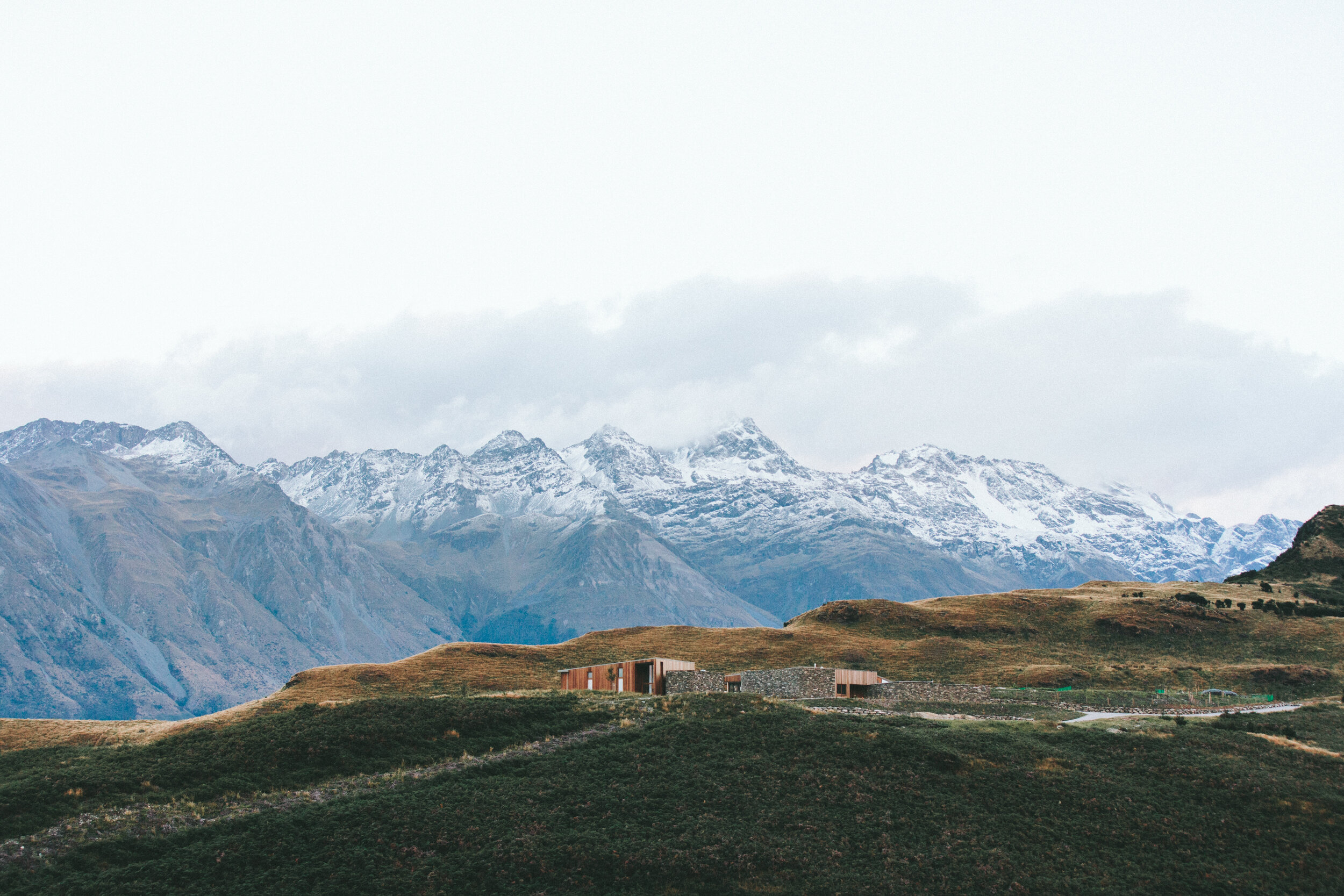
Soil management is one of the main strategies to drive environmental regeneration
Soil is an incredibly important factor in our lives, and a crucial tool for mitigating climate change.
Soil preservation is essential for a zero hunger world. 95% of food globally is produced in our soils, and through sustainable soil management we could produce up to 58% more food globally.
Worldwide, today, nearly 80% of the average calories consumption per person comes from crops directly grown in the soil.
Soil is fundamental to remove carbon from atmosphere and slow down global warming. It can sequester around 20,000 megatonnes of carbon in 25 years, which represents more than 10% of greenhouse gas emissions.
There are more living individual organisms in a tablespoon of soil than there are people in the earth.
The majority of the known antibiotics originated from soil bacteria, including penicillin.
But despite its importance, we have not been taking care of our soil.
According to the UN, a third of the planet’s land is severely degraded. We are losing the equivalent of 30 soccer fields of soil every minute, mostly due to intensive farming. This means that the world could run out of topsoil in about 60 years. Without topsoil, the earth’s ability to filter water, absorb carbon, and feed people plunges. Losing topsoil is easier than rebuilding it too. By some estimates, it can take 500 years for healthy topsoil to develop and less than a century to degrade.
The fashion industry is one of the leading contributors globally to soil degradation.
Today, 30% of global textile production comes from farmlands. The majority of that is cotton farmed intensively and contributing to land degradation, which accounts for 24% of global textile production.
Intensive cotton farming requires damaging pesticides and uses large amounts of water. About 20,000 litres of water are needed to produce one single kilogram of cotton, which in turn will produce just one t-shirt and a pair of jeans. Every year, farmers across the world produce over 26 million tonnes of cotton to meet global textile demand. This unchecked production has been responsible for environmental catastrophes such as a disappearance of the Aral Sea, which was once the world’s fourth largest lake and has almost disappeared today.

Fashion can go from being a cause of soil degradation to becoming a driver for soil regeneration.
We work with fashion brands and textile suppliers across the world to reach as many of the 200 million households engaged in cotton farming and help them transition to regenerative agricultural practices.
Supply follows demand. When we create demand for fabrics sourced from regenerative agriculture, farmers follow by changing their practices and often their crops. And the impacts of these changes don’t stop in the fashion industry, they go further to create more secure food supply chains and ripple environmental effects.
Join the change today.
Learn.
As citizens, the more informed we are, the better consumer choices we will be able to make, and it is these choices that shape the economies of the world. Learn about the stories behind the products that you buy and how to create deep change.
Build.
If you represent a company in the fashion industry and want to join our coalition to create regenerative supply chains, we are looking forward to meeting you.
Donate.
We need funds to cover our team’s time researching, running workshops, creating educational content and engaging stakeholders in the fashion industry. Every pound matters, so please consider donating to help us create a regenerative world.






